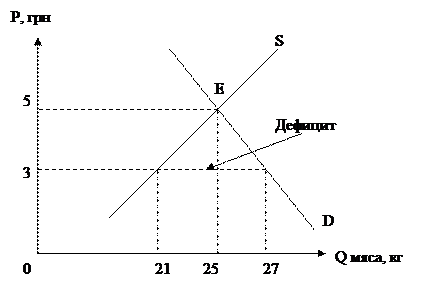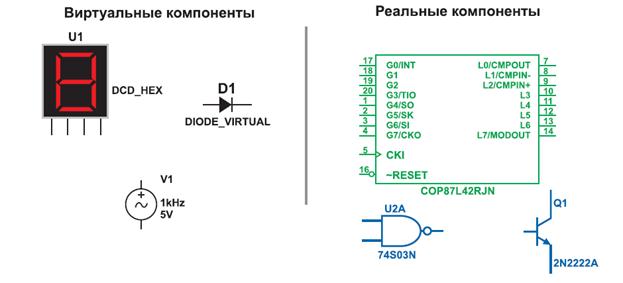Chemical compounds
A chemical compound is any substance composed of identical molecules with atoms of two or more elements. There are millions of compounds and each is unique. They range in complexity from water, which has two hydrogen atoms bonded to one oxygen atom, to the nucleic acids, which contain thousands of atoms. Chemical compounds vary in colour, in state, and in chemical behaviour. Most common materials are mixtures of different chemical compounds. Pure compounds can usually be obtained from them by physical separation processes, such as filtration and distillation. Compounds can be broken down into their constituent elements by chemical reactions. There are several ways of classifying chemical compounds. The first and most general division is between organic and inorganic compounds. Organic compounds are characterized as those compounds with a backbone of carbon atoms, and all the remaining compounds are classified as inorganic. As the name suggests, organometallic compounds are organic compounds bonded to metal atoms. Another classification scheme for chemical compounds is based on the types of bonds that the compound contains. Ionic compounds contain ions and are held together by the attractive forces among the oppositely charged ions. Common salt (sodium chloride) is one of the best-known ionic compounds. Molecular compounds contain discrete molecules, which are held together by sharing electrons (covalent bonding). Examples are water, which contains H2O molecules; methane, which contains CH4 molecules; and hydrogen fluoride, which contains HF molecules. A third classification scheme is based on the reactivities of compounds – specifically, the types of chemical reactions that the compounds are likely to undergo. For example, acids are compounds that produce H+ ions (protons) when dissolved in water to produce aqueous solutions. Thus, acids are defined as proton donors. The most common acids are aqueous (water) solutions of HCl (hydrochloric acid), H2SO4 (sulfuric acid), HNO3 (nitric acid), and H3PO4 (phosphoric acid). Bases, on the other hand, are proton acceptors. The most common base is the hydroxide ion (OH–), which reacts with an H+ ion to form a water molecule. H+ + OH– à HOH (usually written H20) Organic compounds are subdivided into several categories according to their composition and structure. Chemists distinguish between saturated and unsaturated hydrocarbons, aromatic hydrocarbons, and cyclic and acyclic compounds. Organic compounds are derived from natural sources, such as petroleum, coal, plants, and animals. They also can be synthesized in chemical processes that rearrange molecular structures and build larger molecules from smaller ones. These macromolecules are also called polymers. In nature, they include proteins in nucleic acids. Synthetic polymers are the backbone of the plastics industry. Several separation methods are used to obtain organic products from natural or synthetic hydrocarbons. These include distillation, crystallization, solvents, adsorption, and the use of an electric field. Inorganic compounds are combinations of two or more chemical elements usually without carbon. They exist in a number of different structures and are usually classified into groups according to the elements of which they are comprised. For example, the binary compound sodium chloride (table salt) is formed from the metallic element sodium and the nonmetallic element chlorine. Chlorides make up a family of compounds. Another family is the fluorides of which sodium fluoride (added to drinking water to prevent tooth decay) is an example. Inorganic compounds with more than two elements are similarly grouped into families. Examples are the sulfates and silicates which contain oxygen along with metallic and nonmetallic elements. II.14. Найдите под чертой синонимы для следующих слов: bond, property, backbone, essential, to move, to indicate, to vary to transfer, to range, bonding, vital, carcass, to show, characteristic
|




